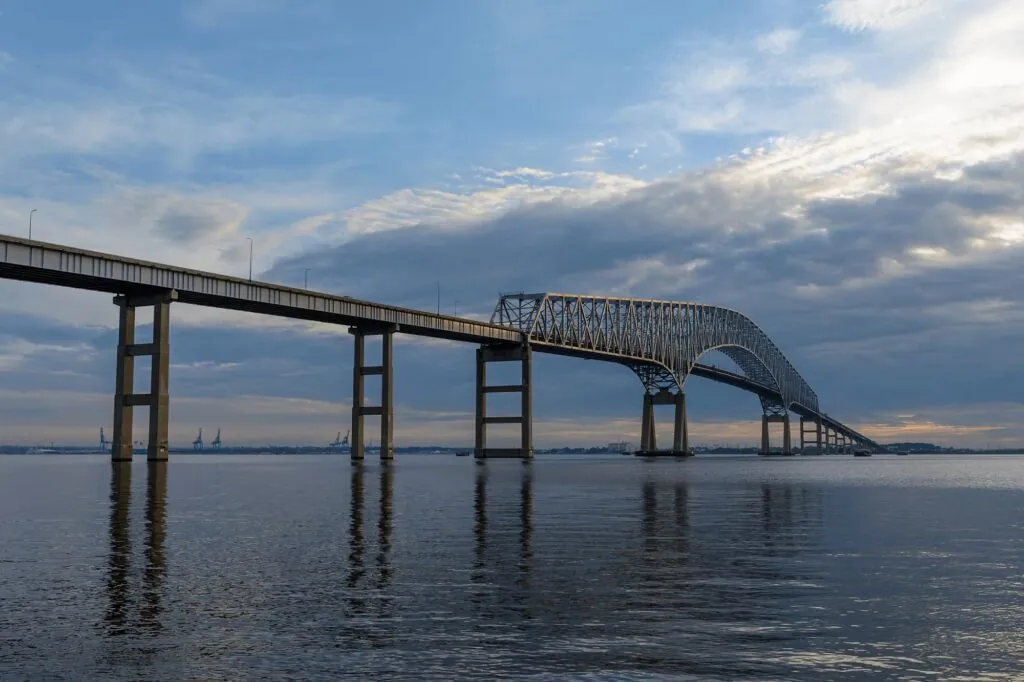At Fulginiti Law, our expertise and experience in motor vehicle accidents has taught us that road design is a significant contributor to many car accidents each year - putting drivers, passengers, and pedestrians at serious risk of injury or even death. Flaws in the layout, signage, lighting, and maintenance of roads can create hazardous driving conditions that catch motorists off guard and lead to devastating collisions.
Common Road Design Issues That Cause Accidents
Some of the most common road design problems that can result in accidents include:
Inadequate Signage
Road signage plays a crucial role in conveying necessary information to drivers, guiding them safely along their routes. However, when signs are unclear, missing, or incorrectly positioned, it can create a state of confusion. For instance, signs that are too small, obscured by foliage, or unlit at night may not give drivers enough time to respond to speed limits, directional changes, or unique road conditions. This deficiency can lead to abrupt and unsafe maneuvers as drivers might suddenly realize they need to adjust their speed or change lanes, thereby increasing the risk of collisions with other vehicles or roadside obstacles.
Confusing Road Layouts
Roads designed with complex or non-intuitive layouts can be particularly hazardous. This category includes roads with sharp curves that appear suddenly, steep inclines, or intersections that are laid out in a manner that is not straightforward. Such designs can catch drivers off guard, particularly where the road does not progressively prepare the driver for what’s ahead. For example, an intersection that merges several lanes abruptly or includes poorly marked turns can lead to significant confusion, causing vehicles to collide or veer off the road. The lack of adequate forewarning about upcoming changes in the road layout, such as advance signage indicating a sharp bend, compounds these risks.
Insufficient Lighting
Adequate lighting is essential for nighttime driving and during adverse weather conditions like fog or heavy rain, enhancing visibility and giving drivers ample time to react to road conditions and traffic. Poorly lit roads fail to illuminate potential hazards on the roadway, such as debris, potholes, pedestrians crossing, or animals. This problem is exacerbated in rural or underdeveloped areas where street lighting may be minimal or non-existent, significantly increasing the likelihood of accidents due to reduced visibility.
Improper Maintenance
Regular maintenance is critical to keeping roadways safe, but neglected roads can deteriorate quickly and become dangerous. Common maintenance issues include potholes, which can cause drivers to lose control or damage their vehicles; uneven pavement, which can lead to similar control issues; and faded or missing road markings, which are essential for guiding traffic and helping drivers stay in their lanes. Such conditions can be particularly perilous in high-speed areas or during inclement weather, as drivers may not be able to clearly see or anticipate the road's layout ahead.
Absence of Safety Features
Safety features such as barriers, guardrails, rumble strips, and reflective signs are designed to prevent accidents or reduce their severity should they occur. For instance, guardrails can prevent a vehicle from veering off the road into hazardous terrain or crossing into oncoming traffic. Similarly, barriers can protect against roadside hazards or separate opposing lanes of traffic. The absence of these features can leave drivers exposed to severe risks, particularly on roads with steep drop-offs, sharp curves, or high traffic volumes.
The Devastating Consequences of Poorly Designed Roads
When roads are not properly designed and maintained, the results can be catastrophic. Drivers may lose control of their vehicles, collide head-on with oncoming traffic, or veer off the road entirely. Passengers can suffer serious injuries like traumatic brain injuries, spinal cord damage, broken bones, and more. Pedestrians in the vicinity are also at grave risk.
Beyond the human toll, these accidents also come with significant financial costs. Medical bills, lost wages, property damage, and other expenses can quickly add up, placing a heavy burden on victims and their families.
Your Legal Rights if Injured on a Poorly Designed Road
If you or a loved one has been injured in an accident caused by flaws in road design or maintenance, you may be entitled to compensation. However, pursuing these claims can be complex, as they often involve government entities responsible for the roads.
At Fulginiti Law, our experienced personal injury attorneys can help you navigate the legal process and fight for the justice you deserve.
We will:
Conduct a thorough investigation to identify the specific design or maintenance issues that contributed to the accident.
Consult with traffic engineering experts to build a strong case and demonstrate how the road's deficiencies led to the collision.
Handle all communications and negotiations with the responsible government agencies, such as the state Department of Transportation or local municipal authorities.
Advocate for your right to recover damages, including medical expenses, lost wages, pain and suffering, and more.
It's important to act quickly, as claims involving government entities often have strict statutes of limitations. Our team at Fulginiti Law will ensure your case is filed within the required timeframe and that all necessary evidence is preserved.
Holding Negligent Parties Accountable
When roads are poorly designed or maintained, the consequences can be devastating. Drivers, passengers, and pedestrians should be able to trust that the infrastructure they use every day is safe and well-kept. Sadly, this is not always the case.
If you or a loved one has been injured due to hazardous road conditions, you have the right to seek justice and compensation. The experienced personal injury attorneys at Fulginiti Law are here to help. Contact us today for a free consultation and let us fight for the outcome you deserve.



